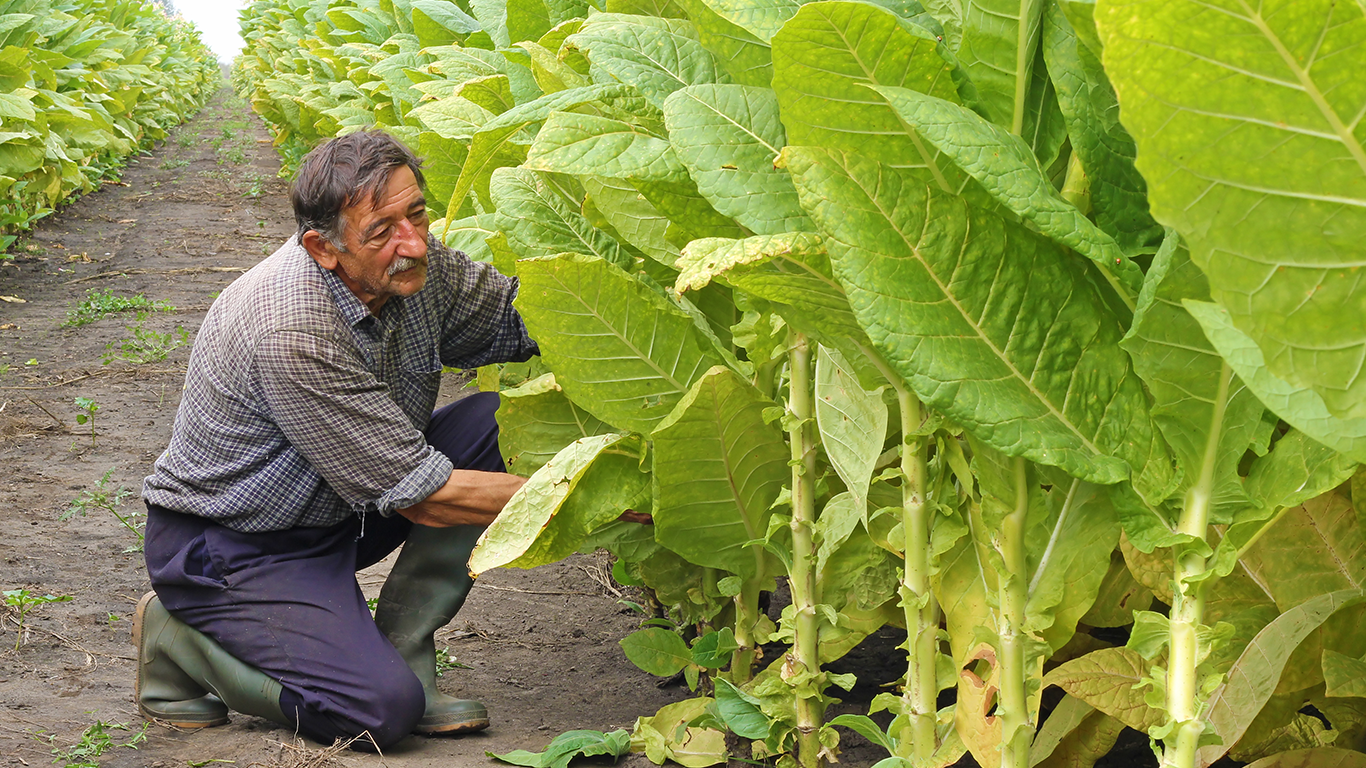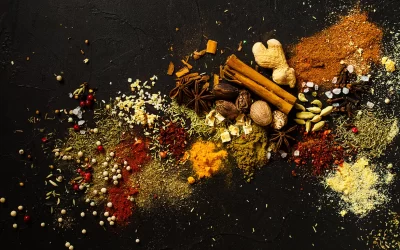Pipe tobacco and cigars, both revered for their rich flavors and timeless appeal, hold distinct places in the world of tobacco enjoyment. While they share certain similarities, such as their use of premium tobacco leaves and artisanal craftsmanship, there are fundamental differences that set them apart. In this exploration, we’ll delve into the unique characteristics of pipe tobacco and cigars, uncovering the nuances that define each and exploring the preferences of aficionados.
Origins and History
Pipe smoking dates back centuries, with evidence of tobacco pipes found in ancient civilizations such as the Mayans and the Aztecs. These early pipes were often crafted from materials such as clay, stone, or wood and were used ceremonially and ritually. The practice of pipe smoking evolved over time, spreading to different cultures and regions around the world.
In Europe, pipe smoking gained popularity during the Renaissance period, with tobacco introduced to the continent by explorers returning from the New World. It became fashionable among the aristocracy and intellectual elite, who would gather in coffeehouses and salons to discuss politics, philosophy, and literature while enjoying their pipes. Famous historical figures such as Sir Walter Raleigh and Sir Arthur Conan Doyle were known to be avid pipe smokers, contributing to the cultural cachet of the practice.
In contrast, cigars trace their roots to the indigenous peoples of the Caribbean, particularly the Taino tribe of Hispaniola (present-day Dominican Republic and Haiti) and the Arawak tribe of Cuba. These indigenous peoples were believed to have been the first to roll tobacco leaves into cylindrical shapes for smoking, using a primitive form of cigar known as a “cohiba” or “cuban” in their native languages. The practice of cigar smoking was later adopted and refined by European colonizers, who introduced the cultivation of tobacco to the Caribbean islands and established the cigar industry as we know it today.
Composition and Construction
The composition and construction of pipe tobacco and cigars play a significant role in shaping their flavor profiles and smoking experiences. Pipe tobacco is typically a blend of various tobacco varieties, such as Virginia, Burley, Perique, and Oriental, carefully combined to achieve a balanced and nuanced flavor. Cigars, on the other hand, are composed of whole tobacco leaves wrapped in a single outer wrapper leaf, resulting in a more concentrated and intense flavor experience.
Smoking Method and Accessories
The method of smoking and the accompanying accessories further distinguish pipe tobacco from cigars. Pipe smoking involves packing loose tobacco into a pipe bowl and lighting it with a match or lighter, allowing the smoke to pass through the stem and into the mouth. Cigar smoking, on the other hand, entails lighting the entire cigar and drawing the smoke directly into the mouth. Additionally, pipe smokers often use accessories such as pipe cleaners, tampers, and ashtrays to enhance their smoking experience, while cigar aficionados may rely on cutters, lighters, and humidors to preserve and enjoy their cigars.
Flavor and Aroma
One of the most notable differences between pipe tobacco and cigars lies in their flavor profiles and aromas. Pipe tobacco offers a wide range of flavors, from sweet and aromatic to rich and smoky, depending on the blend and the curing process. The smoke is often characterized by its complexity and subtlety, allowing pipe enthusiasts to savor the nuances of different tobacco varieties. In contrast, cigars tend to have a more concentrated flavor profile, with notes of earth, spice, and woodiness dominating the palate. The aroma of a lit cigar is also distinct, often described as rich, bold, and lingering.
Packaging and Presentation
The packaging and presentation of pipe tobacco and cigars reflect their respective traditions and cultural heritage. Pipe tobacco is typically sold in tins, pouches, or bulk containers, allowing for easy storage and customization. The packaging often features colorful labels and intricate designs, adding to the allure of the product. Cigars, on the other hand, are traditionally packaged in wooden boxes or cellophane wrappers, preserving their freshness and aroma. The presentation of cigars is often considered an art form, with elaborate bands and labels adorning each cigar to signify its brand and origin.
Conclusion
In conclusion, the distinction between pipe tobacco and cigars lies not only in their composition and smoking methods but also in their cultural significance and sensory experiences. While pipe tobacco offers a diverse range of flavors and aromas in a more subtle and nuanced manner, cigars provide a concentrated and intense smoking experience characterized by rich and bold flavors. Both forms of tobacco enjoyment have their own unique appeal and loyal followings, reflecting the diversity of preferences and traditions in the world of tobacco enthusiasts. Whether you’re drawn to the contemplative artistry of pipe smoking or the celebratory elegance of cigar smoking, embracing the differences between these two beloved pastimes enriches the experience of tobacco enjoyment.




